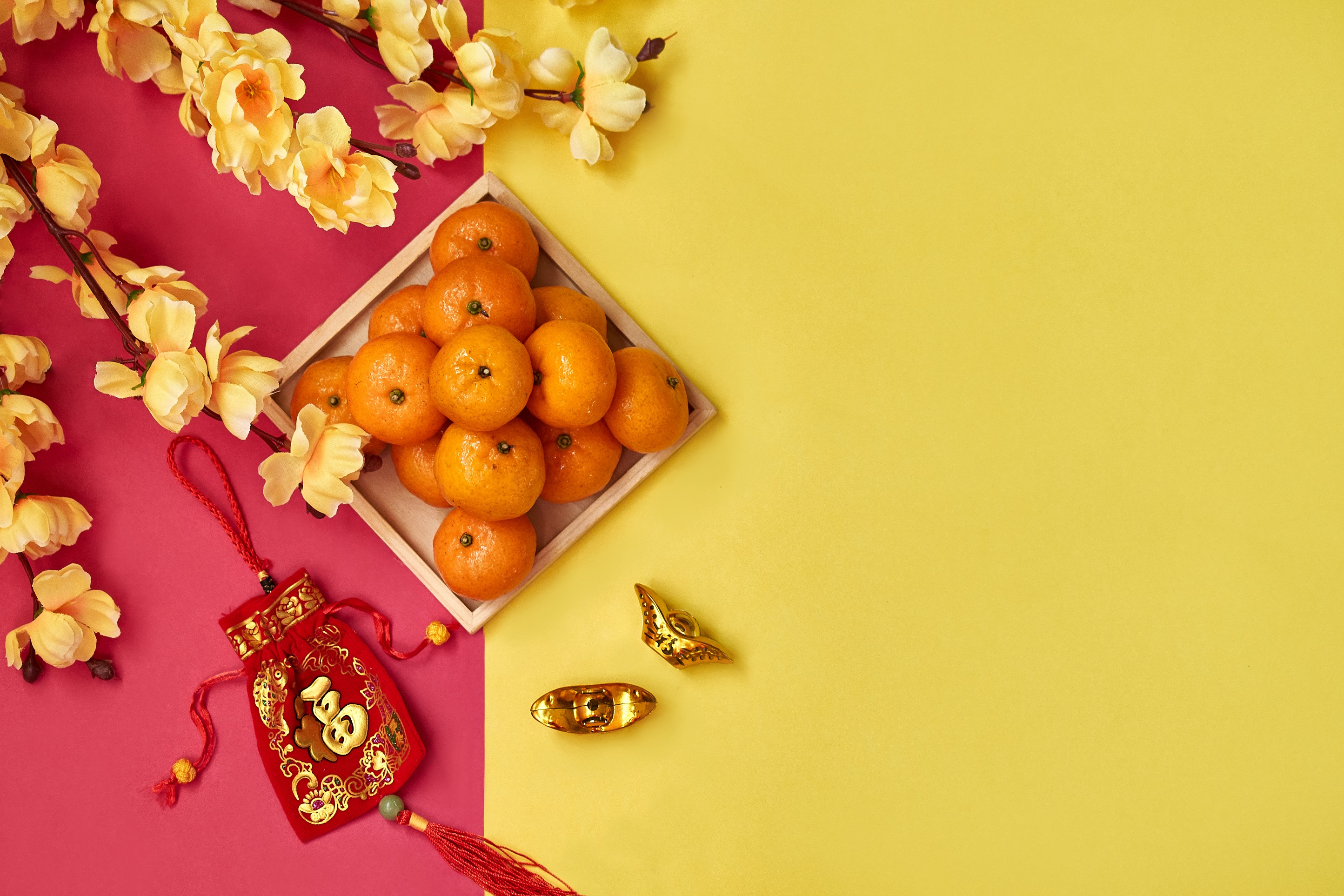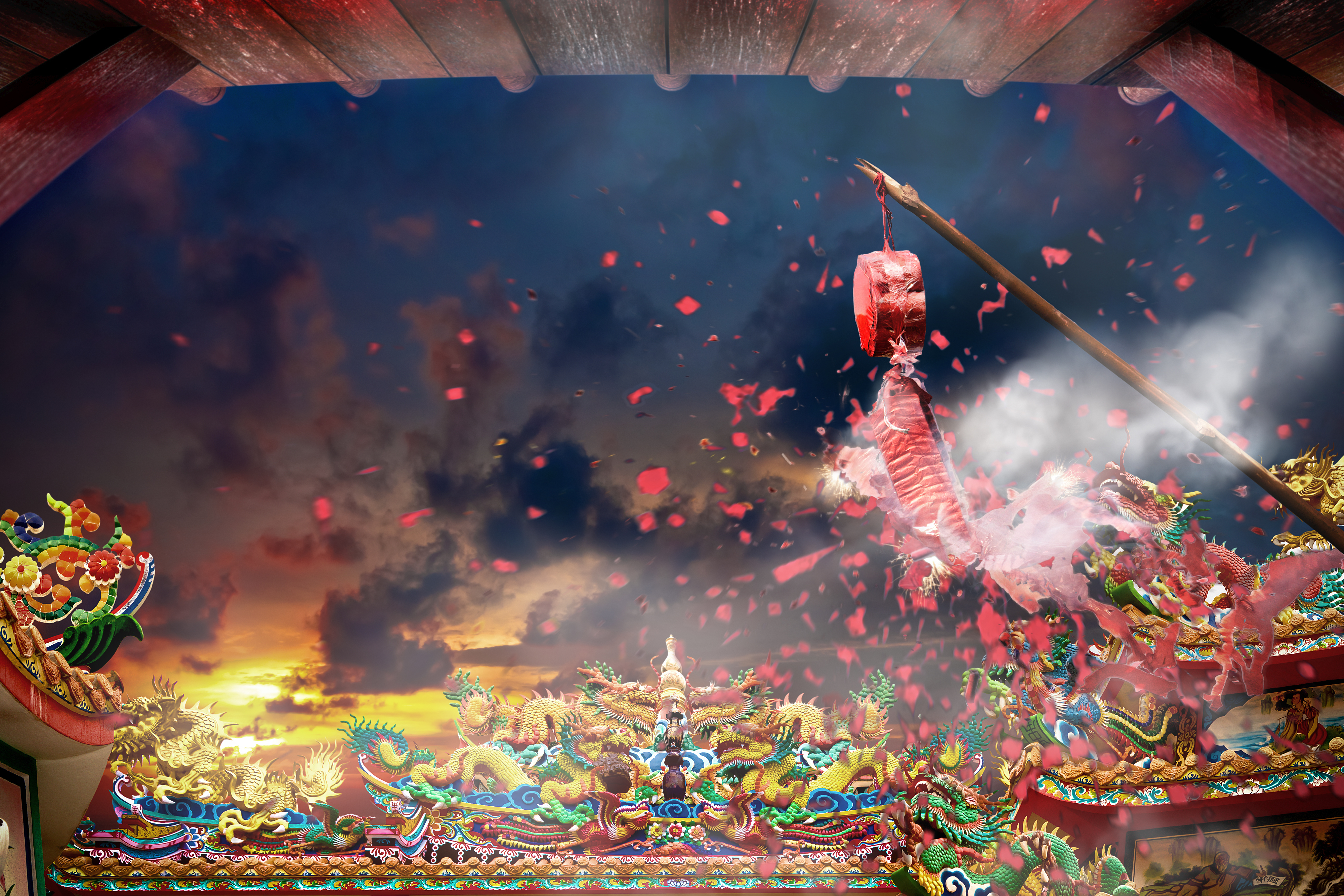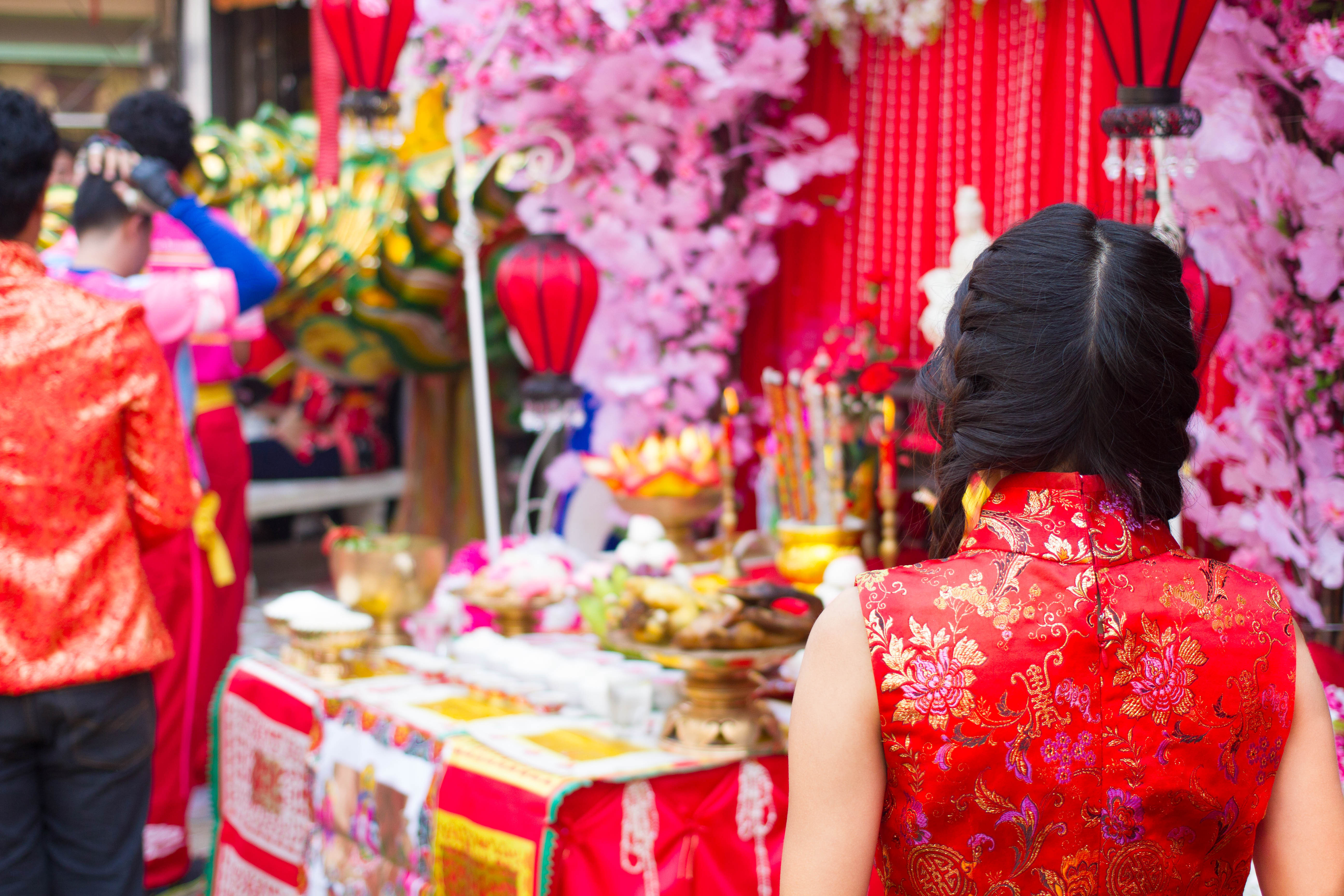
Chinese New Year marks the end of winter and to welcome the season of spring, the time for a new beginning and fresh starts. It is also called Lunar New Year because its actual day of celebration is dependent on the lunar calendar, which means…
There’s no set date for Chinese New Year
According to the lunar calendar, Chinese New Year can be on any date from January 21 to February 20 every year. This year, it falls on January 25. In countries like China, North and South Korean and even Vietnam, the lunar calendar is still being used where no matter when one is born, on Chinese New Year, everyone turns a year older.
Chinese New Year brings out the animal in you
While Western horoscope has 12 zodiacs for each month, the Chinese has its own set of 12 zodiacs in the form of animals. Zodiac signs play an integral part in Chinses culture as it is believed that these zodiacs have positive traits that are imparted to those born during that particular zodiac sign. 2020 is the year of the Rat and is the first animal in the zodiac cycle. Those born in the year of the rat is said to be clever, can easily adapt to a new environment and are very intuitive. Of course, every zodiac signs have its flaws too.
It is celebrated all around the world
One out of five people in this world is Chinese. This doesn’t include people of Chinese descent and those who are not citizens of the People’s Republic of China. So it’s not surprising that Chinese New Year is celebrated in almost every corner of the world, including perhaps on Antarctica.
Firecrackers to ward off bad luck
According to one legend, a monster once terrorizes the community every New Year’s eve until one year, the community learned that the loud cracking sound of burning bamboo frightened it away. From then on, the practice of burning bamboo, which eventually developed into what we know now as firecrackers, becomes a crucial part of the Chinese New Year.
…but firecrackers are illegal in Malaysia
As in the myth, firecrackers are used to scare off monsters, and bad luck. Due to safety reasons, the setting off of many types of firecrackers are illegal in Malaysia as they are categorized as ‘explosive devices’ in the Malaysian Explosives Act 1957. Only a handful of firecrackers are allowed by the Ministry of Home Affairs, such as the ‘Happy Boom’ and the ‘Pop pop’ firecrackers4.

No cleaning allowed!
Superstitions abound during the Chinese New Year period. For example, showering is not allowed on New Year’s Day because washing your hair means washing away good luck. To make sure good luck is not ‘thrown away’, sweeping and throwing out the garbage is not allowed before the 5th day. But if you must sweep the floor, you should start from the door and sweep towards the inside to avoid sweeping luck away.
Chinese New Year ends with the Lantern Festival
The 15th day after Chinese New Year is called the Lantern Festival, or Chap Goh Mei in Hokkien term. Chap Goh Mei is also regarded as the Chinese Valentine’s Day because, in the olden days, young girls are not allowed out of the house except on Chap Goh Mei and it’s the only day when eligible young men can catch a glimpse of these maidens. On the night of Chap Goh Mei, unmarried girls will throw tangerines into the sea or river with the belief that they’ll marry good husbands. Amusingly, this practice was put to the test by this social experiment which only serves to prove that meeting your potential spouse the old fashion way still has its charm.
Chinese New Year mobilizes the largest human migration in the world
As family reunion is an important part of Chinese New Year, everyone is expected to come home for the New Year’s Eve dinner. In China alone, it is expected that a total of 3 billion trips will be made for the 2020 Lunar New Year travel rush, while tens of millions of people travel in other countries too.
And red shall be your favourite colour
Colour symbolism is an important part of Chinese New Year. Wearing bright colours like red which symbolises good fortune and represents happiness, vitality and success, help sets the tone for the rest of the year. Other bright colours include yellow, especially those that border on the gold-tone, as it is believed to bring auspiciousness, and increases prosperity and good fortune.

So wouldn’t you like to kick start your new year on a good note? If yes, then take a photo of yourself posing in red or yellow attire, upload it to Instagram and tag us at @swinburnesarawak and #swinburnesarawak (Your account must be public for us to view it). The 18 most creative photos stand to win Swinburne tee shirts! This offer ends on 31 January, so what are you waiting for?

